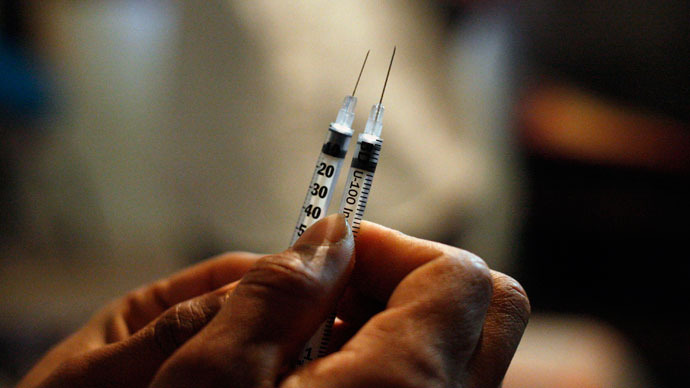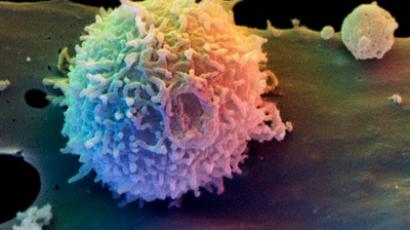HIV treatment ‘functionally cures’ 14 early diagnosed patients

Fourteen people were “functionally cured” of HIV through rapid treatment after early diagnosis, giving hope to those infected. The French study results come less than two weeks after a baby was effectively cured after early treatment in the US.
Asier Sáez-Cirión of the Pasteur Institute’s unit for regulation
of retroviral infections in Paris studied a group of 70 people who
began a course of antiretroviral drugs (ARVs) between 35 days and
10 weeks after becoming infected with HIV.
The patients took the drugs for an average of three years before
stopping treatment completely. Although most of the patients
relapsed when their treatment was interrupted, 14 people – known as
the ‘Visconti cohort’ – were able to stay off the ARVs without the
virus resurging.
The four women and 10 men still have traces of HIV in their blood,
but at such low levels that their body can keep it in check without
drugs. The 14 adults have been off medication for an average of
seven years. One person has gone 10.5 years without drugs.
“It’s not eradication, but they can clearly live without pills
for a very long period of time,” Sáez-Cirión told NewScientist
magazine. While Sáez-Cirión warned that rapid treatment does not
work for all patients, the new study stressed that early
intervention is absolutely necessary.
“There are three benefits to early treatment,” Sáez-Cirión
said. “It limits the reservoir of HIV that can persist, limits
the diversity of the virus and preserves the immune response to the
virus that keeps it in check.”
Researchers are working to identify factors that could explain why
early intervention functionally cures some people, and not others.
“This whole idea is fascinating, and we’ve been looking very
closely at issues of early initiation of treatment, and the
potential for functional cures,” said Andrew Ball, senior
adviser on HIV/AIDS strategy at the World Health Organization.
Further analysis showed that the 14 adults were not
super-controllers – the 1 per cent of the population that is
naturally resistant to HIV – because they lacked the necessary
protective genes. Natural controllers also rapidly suppress their
infections, whereas members of the Visconti cohort had severe
symptoms which lead to their early treatment.
“Paradoxically, doing badly helped them do better later,”
Sáez-Cirión said.
The news came less than two weeks after a baby girl born with HIV
in the US state of Mississippi became the first person to be functionally cured through the use
of anti-AIDS drugs. During the child’s first 30 hours of birth,
doctors applied potent, accelerated treatment to the baby.
The child responded well for 18 months, at which point the family
temporarily stopped treatment. When they returned 10 months after
treatment stopped, only tiny amounts of the virus were found in the
child's blood.
However, not every HIV patient has the opportunity to be treated so
early – the majority of infected individuals are not usually
diagnosed until the virus has fully infiltrated their bodies.
"The big challenge is identifying people very early in their
infection," said Ball, adding that many people resist testing
because of the stigma and potential discrimination. "There's a
good rationale for being tested early, and the latest results may
give some encouragement to do that."














